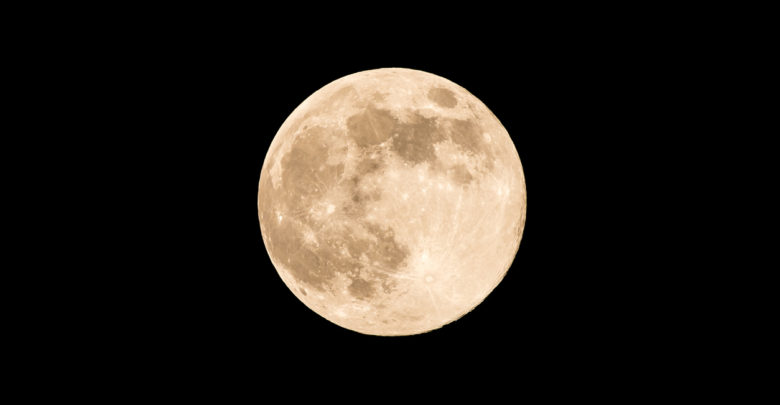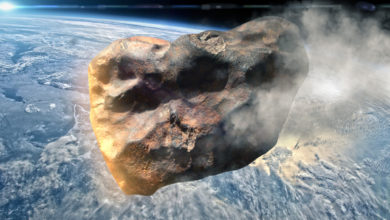Science
China’s Artificial Moon Likely To Replace Streetlights By 2022
The artificial moon is expected to be eight times as bright as the earth’s satellite

In a first of its kind move, Chinese space company, Chengdu Aerospace Science and Technology Microelectronics System Research Institute Company (CASC), is planning to build an artificial moon that could probably be used to brighten up the city of Chengdu at night sans streetlights.
According to a report coming from the China Daily, the reflected sunlight can cover an area of 3,600 sq km to 6,400 sq km. The artificial moon is expected to be eight times as bright as the earth’s satellite, bright enough to replace streetlights. The moon orbits the Earth about 380,000 km from the Earth, while the artificial moon is expected to be put on an orbit within 500 km from the Earth.
Wu Chunfeng, CASC chairman, said testing of the illuminating satellite has already begun and that they plan to launch the first man-made moon from Xichang Satellite L Satellite Launch Center in Sichuan by 2020. If the first test goes well, three more artificial moons will follow in 2022.
It is expected to light up an area close to 50 miles in diameter. The project is expected to help reduce energy consumption in the city of Chengdu, saving an estimated 1.2 billion yuan ($170 million) a year in electricity costs.
“Using man-made moon to illuminate an area 50 sq km can save 1.2 billion yuan of electric charge,” Wu said. “It can also illuminate blackout areas when natural disasters such as earthquake happen.”
When asked if the man-made moonlight will interrupt the normal day-night cycle of animals and plants, Wu explained that the intensity of the light and illumination time of the artificial moon will be adjustable and the accuracy of illumination can be controlled within scores of meters.
Wu announced Chengdu’s artificial moon project at an innovation and entrepreneurship conference in Chengdu on October 10.







The city of Chengdu, with more than 10 million inhabitants, will send a lighting satellite “artificial moon” into space in 2020 that will offer the city a lighting power “eight times higher than the original moon”. The objective of this fake moon is to replace street lamps, save electricity and millions of dollars
https://everydayscience.blog/china-plans-to-launch-artificial-moon-in-2020/